Presentation
Lower back pain and numbness in the perineum
Patient Data

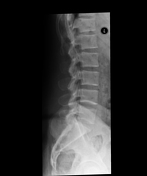
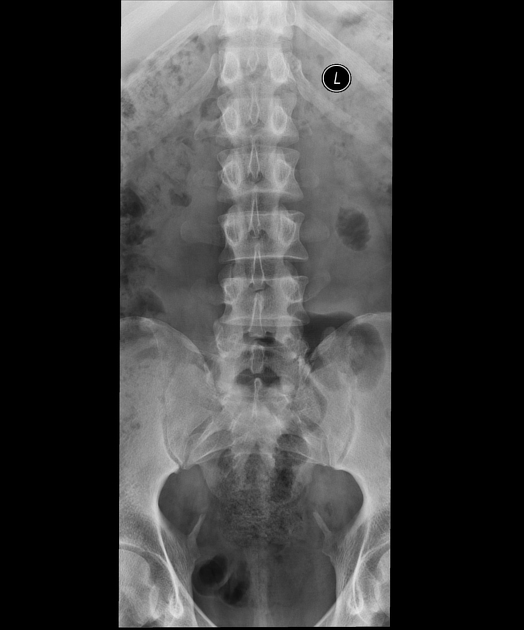
Normal vertebral alignment, body height and bone mineralisation. No disc space narrowing. Intact pedicles and spinous processes.
Incidental ossification of the bilateral sacrospinous ligaments.
CT abdomen and pelvis performed 5 years later while investigating for pyelonephritis
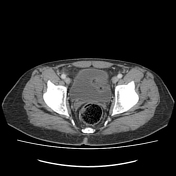

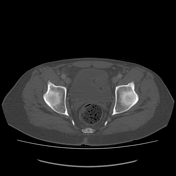

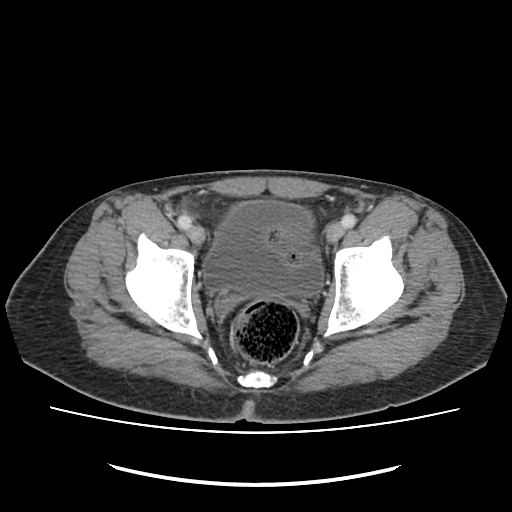
Note is made of the close proximity of the ossified sacrospinous ligaments and the internal iliac artery branches, where the pudendal nerve would also be.
Case Discussion
The sacrospinous ligament is a strong pelvic ligament consisting of a thin triangular band extending from the outer edge of the sacrum and coccyx to the spine of the ischium. Together with the sacrotuberous ligament, they prevent the lower end of the sacrum and coccyx from being rotated upward at the sacroiliac joint by the weight of the body. They also convert the greater and lesser sciatic notches into foramina.
Pudendal neuralgia caused by pudendal nerve entrapment is a chronic and severely disabling neuropathic pain syndrome. This can be caused by compression of the pudendal nerve at a variety of levels, with the most common being in-between the sacrospinous and sacrotuberous ligaments.




 Unable to process the form. Check for errors and try again.
Unable to process the form. Check for errors and try again.